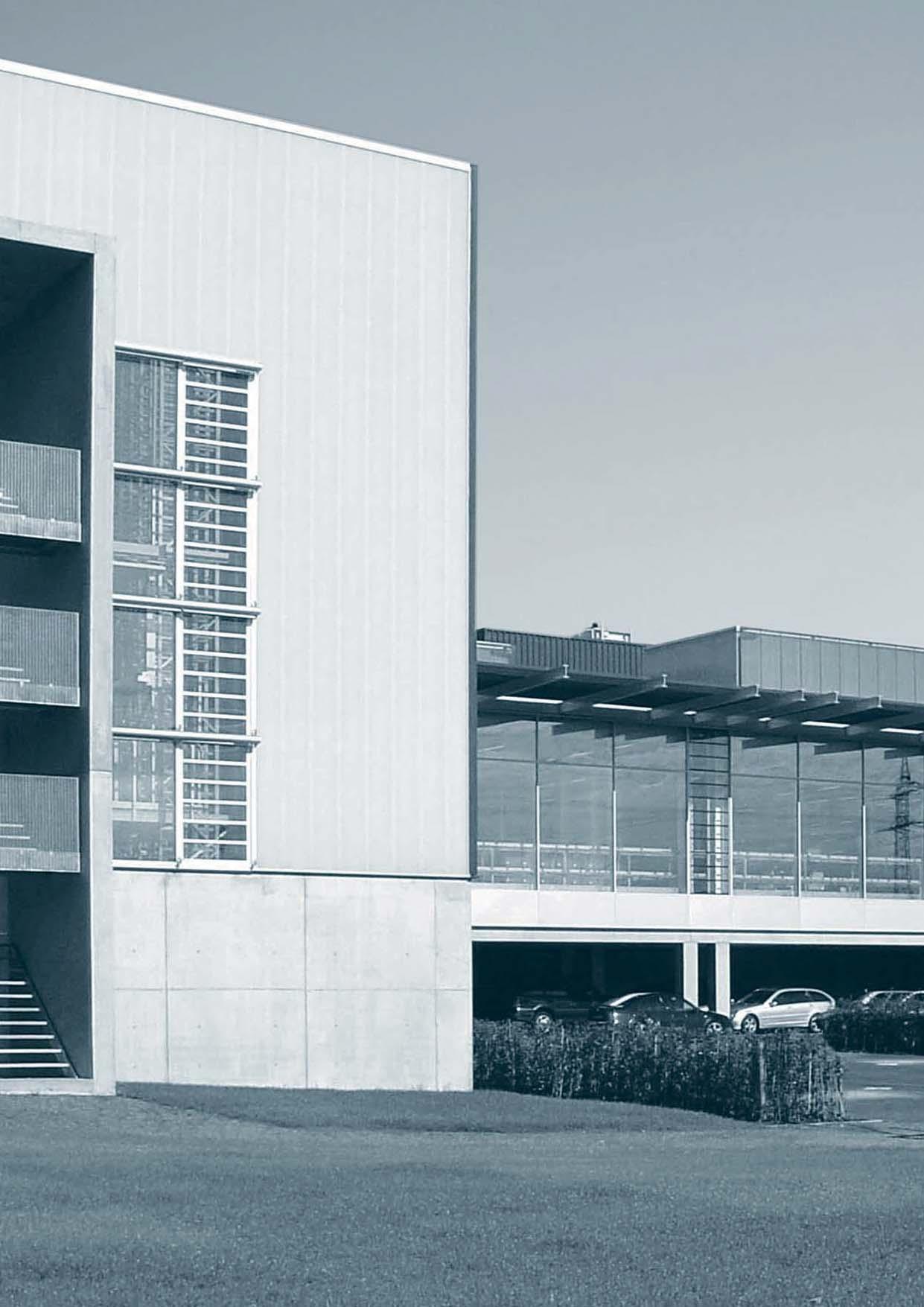
8 minute read
Marabu Bietigheim-Bissingen
FOR THE COMING DECADE
Our Creative Colours are almost entirely chemical substances and mixtures).
Advertisement
sustainable product
Yet we have even more ambitious plans. In 2020, the Creative Colours business unit decided to develop an especially sustainable paint. Two years later, we can state: mission accomplished. As a result, we will be launching a water-based alkyd product in spring 2022. Made with raw materials derived from vegetable oil, Marabu will commence manufacture of an entirely new type of product that is an attractive option for artists working on canvas and people pursuing a creative hobby on a variety of substrates. At least 92% of this vegan product comprises raw materials of natural origin (including water and renewable materials).
ingredients but also to the packaging. The tube requires up to 30% less input material than a conventional tube. Additionally, as the new tube material is thinner, it is easier to completely remove all its contents. The packaging is 100% recyclable if the cap is disposed of separately. The quality and ease of use correspond to the high made-in-Germany standards that Marabu is famous for.
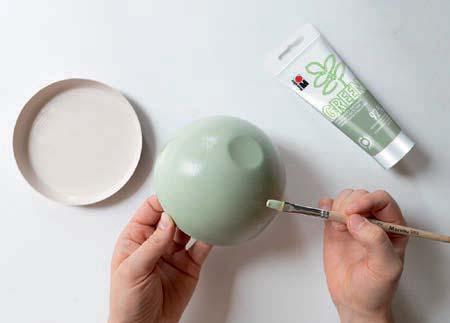
But “ is about much more than the development of a single product. It addresses all processes and products with regard to their environmental impact, and product packaging and shipment packaging, Marabu not only pays attention to appropriate of recycled material used.
In the case of card, this can be as much as packs, and up to 40% for glass. But there are still areas that can be improved. For instance, we now prioritise banding for palletised shipments rather than stretch wrap wherever possible.
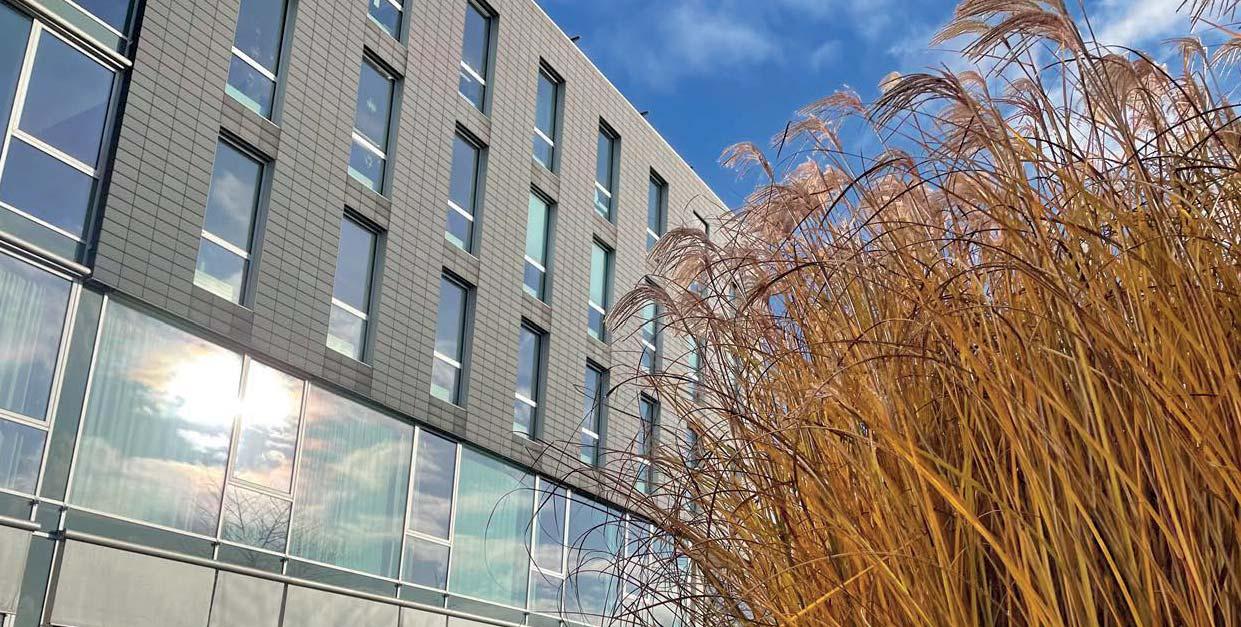
STATE-OF-THE-ART BUILDINGS WITH LOW ENERGY DEMAND
The Creative Colours unit is in a state-of-the-art industrial building, 2 km from Marabu headquarters, where all operational processes, from goods received, to manufacturing, to storage proximity to each other.
creating a pleasant working environment and enabling best possible use to be made of LED technology. An advanced building control system ensures all lights, except for emergency lighting, are turned off outside of working hours.
electricity consumption per kg of manufactured 0.4021 kWh in 2020.
Electricity consumption in MWh/year

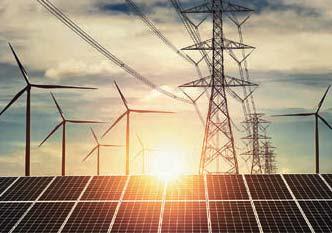
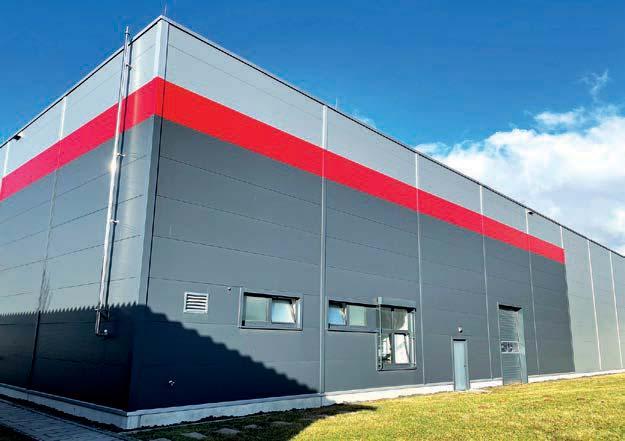
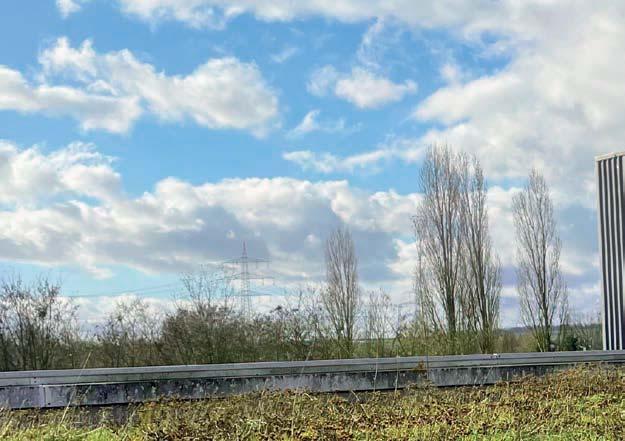
Images from left to right: Picking warehouse (2017); green roof retains moisture and cools through evaporation; atrium with greenery
The advanced natural-gas heating system is also connected to the building control system and supplies heat in line with actual requirements. Moreover, the waste heat from the air compressors is used to heat the production areas in winter.
The building is well sealed and insulated. It also has double roller doors. Together, this
To minimise the environmental impact of the structure, plants are cultivated on large areas of the roof. This “green roof” retains moisture and, during warmer weather, helps cool ambient air through evaporation. As a result, only certain critical areas, such as the laboratories, require
Gas consumption in MWh/year additional powered cooling at certain times of day in the summer. Air conditioning serves, on the one hand, to ensure compliance with governing workplace health and safety. On the other, it ensures consistent conditions for paint quality control checks – the ideal interior
key to our Bietigheim-Bissingen plant achieving the Scope 3 value is more than 3,900 t, 1 to 9 times as much. Reducing this CO2 value, in partnership with our suppliers and freight near future.

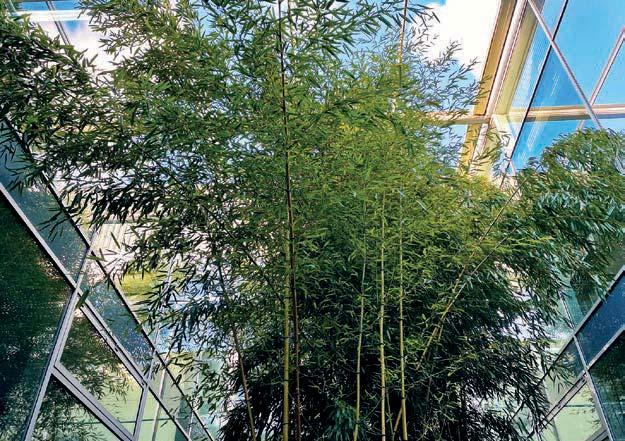

Since August 2021, energy prices have known There are a number of reasons: low gas storage greater demand for gas due to the economic bounce-back following the Covid-19 crisis, growing need in China, the partial substitution surrounding gas deliveries from Russia. Moreover, the more ambitious climate goals have led to the reduced availability of tradable emission allowances. On account of rising gas prices, there has been a shift towards coal for power generation. On account of the climate goals, this has led to high demand for, shortages of and increasing prices for CO2 is no sign of conditions on the energy market easing in 2022, and the political situation in
Scope 1, 2, 3 in t/year not including materials and logistics Scope 1, 2, 3 in t/year including materials and logistics
252.4 Scope 3
203.6 Scope 1
Scope 3 emissions, such as employee commutes, business travel, upstream gas and electricity, disposal of waste and other materials, canteen certain industries, the affordability of electricity and gas is a question of survival.
In addition to an intelligent procurement strategy, of Energy-Consuming Businesses), we will take further measures with immediate effects, such in corridors and stairwells, to further lower gas consumption and carbon emissions. In the longer term, we will consider alternative solutions, such as the construction of a photovoltaic array, to reduce, as far as possible, our dependency on the volatile electricity market, and the sourcing of district heating if the city of Bietigheim- Bissingen extends its network into the Laiern industrial park.
3,933.6 Scope 3
203.6 Scope 1
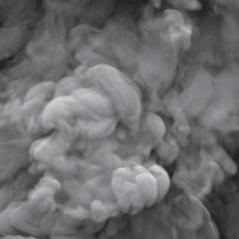
All scope 3 emissions, including procurement of raw materials and packaging materials, and outbound logistics

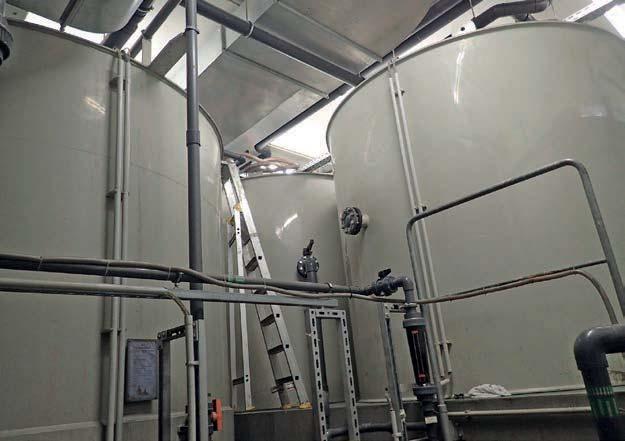
CLEAN WATER AND NO HAZARDOUS WASTE
In contrast to the items made at our plant in Tamm, where binders are largely based on acrylate-oligomers, our Bietigheim facility makes paints with aqueous emulsions. Water is there employed to clean metal containers used in production. Waste water from this process is making it suitable for disposal via the public sewage system. Regular analysis of the waste water by a recognised inspection laboratory has demonstrated that the quality of the water is far better than statutory thresholds. Our is approximately 3.4 l. The higher value for 2019 is a result of a deep clean of all pipes carrying waste water and of washing systems. A slight disappointment with regard to waste water treatment is the relatively large amount press. Following experiments with new chemicals, we have established that it will be possible to system complete, we commenced conversion to the new method in autumn 2021. This change will At our Bietigheim plant, too, we regard the waste generated as raw material. Although we have not been able to end the correlation between the total annual volume of waste and production volume, the various waste types are collected separately and sent to recycling.
Water consumption in m3/year


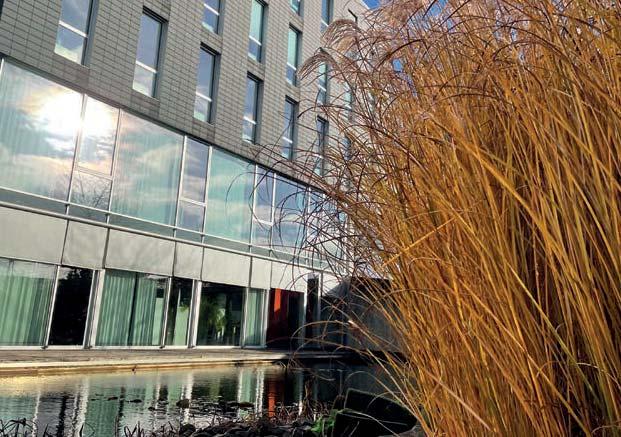
Images from left to right: collection tank for water treatment system, air conditioning for laboratory, air extraction system in laboratory, green outside space with pond
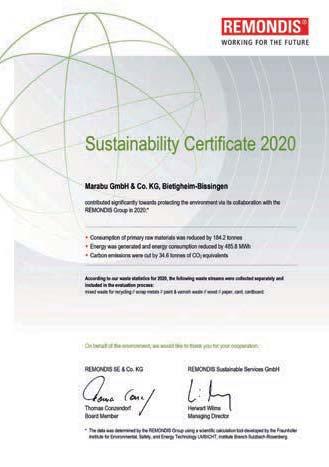
Of the 133 t of waste produced in 2020, more than 76 t of paper, card, scrap metal and and sewage sludge were incinerated to generate heat. For the resources and CO2 saved in this
in 2022 in per cent
1.12 % Scrap metal
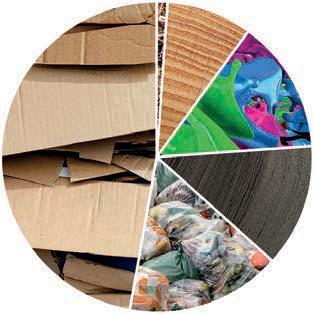
16.06 % Other waste


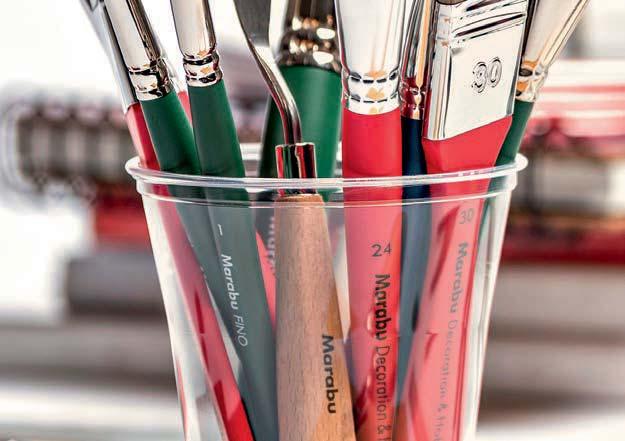
WOOD PRODUCTS FROM FSC®-CERTIFIED WOOD CULTIVATION
When purchasing wooden goods, Marabu only uses wood from well-managed forests. The “Forest Stewardship Council®” was founded in Rio de Janeiro in 1993 to promote ecologically appro
Marabu has been listed in the global database of FSC® then, all items made of wood or with wooden components such as brushes, pencils, stretcher frames and easels have been made from FSC® 2020, Marabu expanded the FSC® to include the FSC MIX label and also offers drawing pads with this label. The FSC RECYCLED label will be added from 2022.
by purchasing painting accessories from Marabu, everyone can make a small contribution to protecting the forest through their shopping habits.
Bietigheim-Bissingen eco-grid 2020
Air Environmental engagement
12
10
6
4
2 PCF 2020 2016–2020
Waste
BIETIGHEIM-BISSINGEN PLANT INPUTS 2017 2019 2020
Energy Electricity kWh 612,336 493,634 kWh 611,926 703,012 Total energy input kWh 1,310,377 1,147,777 1,194,772
Fresh water 2,279 4,030 3,411 Binders and resins t 253 239 259 350 Solvents t 17 23 22 51 Pigments t 53 59 60 94 Fillers t 102 141 121 244
t 40 37 39 57 Metallic and glitter effect materials t 1.2 1 1.2 1.2 Total raw materials t 466.2 500 502.2 797.2
Packaging Glass t 71
Aluminium, aluminium composites, tin, sheet metal t 3 3.2 3.5 5.1 t 65.5 72 75 110.19 t 104.9 157.35 Total packaging t 230.37 254.2 265.4
BIETIGHEIM-BISSINGEN PLANT OUTPUTS 2017 2019 2020
Gaseous emissions CO2 Scope 1 236 214 203,6 203,6 X 2 t 0.13 0.12 0.14 0.15
Solid emissions
t 10.64 14.92 25.33 17.09
t 16.31 9.17 26.25 Other t 0.43 1.26 1.26 0
t 25.35 51.77 35.51
Mixed plastic and other waste t 20.97 21.45 t 39.19 62.94 Wood t 3.3 13.5 12.13 Scrap metal t 9.17 10.3 4.27 1.5 Other t – – – –Total materials and other waste t 75.44 90.69
Liquid emissions Waste water
Products
2,279 4,030 3,411






